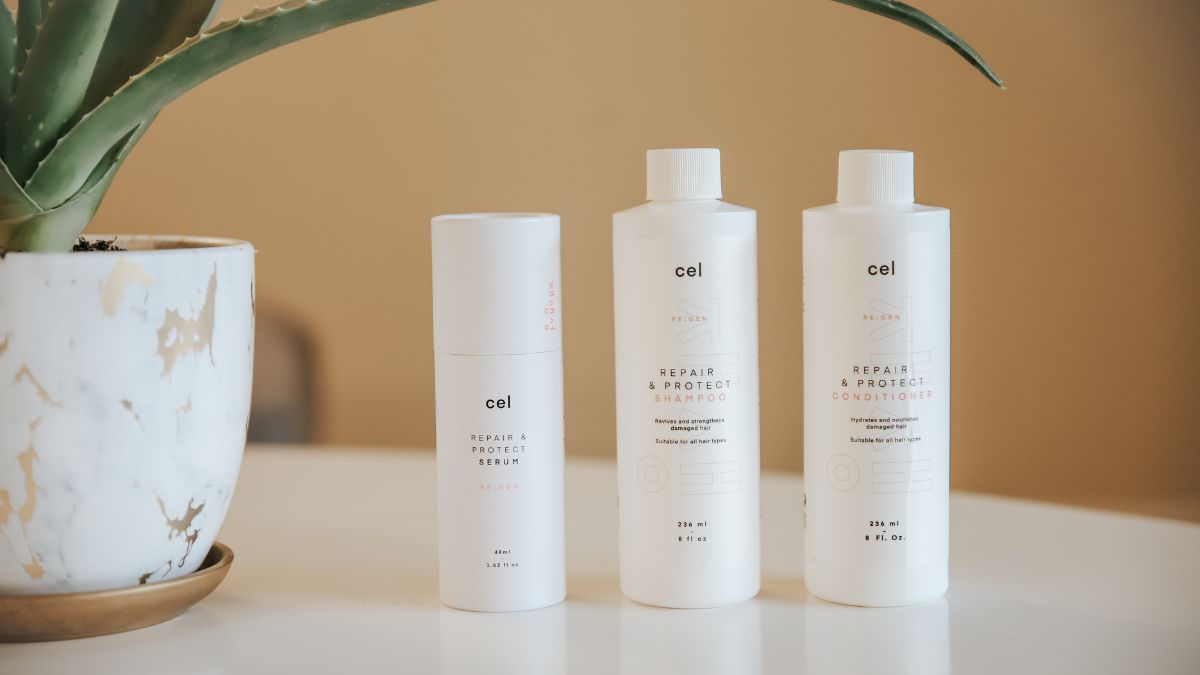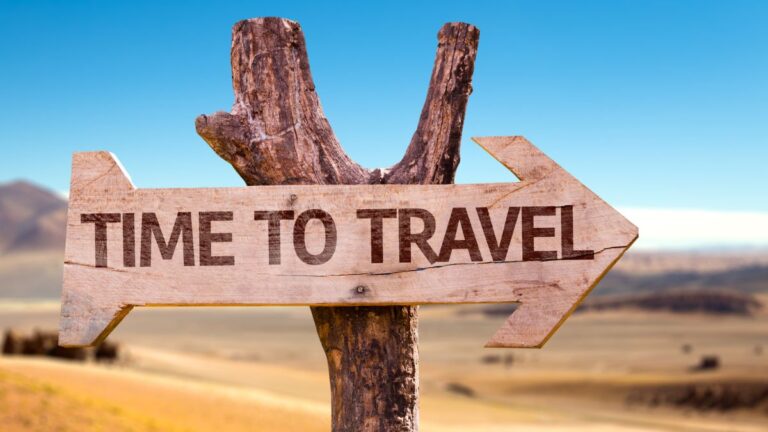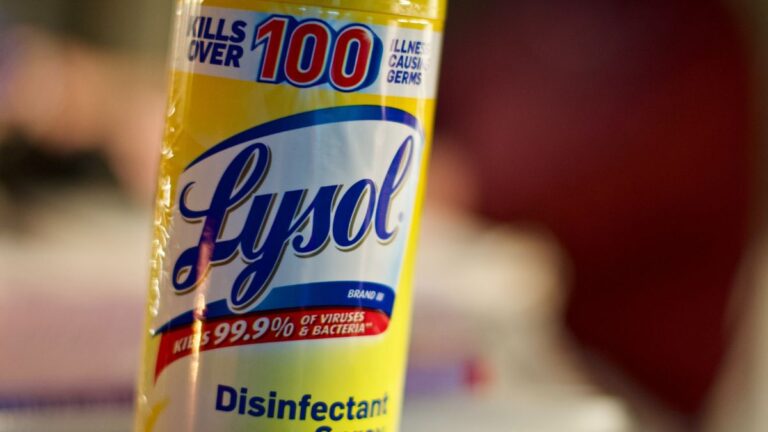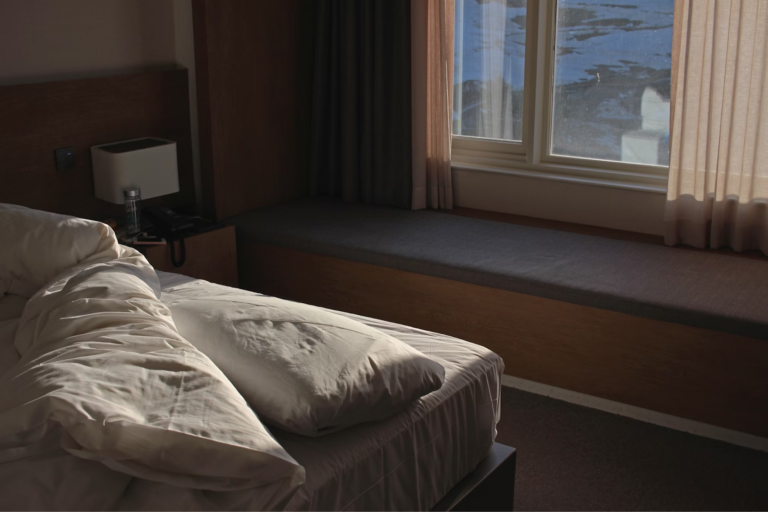Can You Bring Dry Shampoo On a Plane? Here’s What The Rules Say

As participants in Amazon Associates and other programs, we earn from qualifying purchases. This comes at no additional cost to you. For more details, see our Affiliate Disclosure.
Navigating the labyrinth of air travel regulations can often seem daunting, especially when it comes to the question of what personal care items you can take onboard. One such item that has garnered significant attention recently is dry shampoo. As a staple of many travel kits for its convenience and capability to refresh hair without water, understanding its compliance with airport security rules becomes essential.
This article aims to clarify the ins and outs of traveling with dry shampoo, helping you confidently prepare for your next journey, all while ensuring your hair remains in tip-top condition.
Understanding Airport Security: The Liquids Rule and Its Exceptions
Airport security around the world is regulated by a set of standardized rules, primarily aimed at ensuring passenger safety. One of the key rules pertains to the amount and nature of liquids that can be carried in hand luggage. This rule, often referred to as the “Liquids Rule,” is crucial to understand when considering whether you can bring items like dry shampoo onboard a plane.
The Liquids Rule generally states that in carry-on luggage, liquids, aerosols, gels, creams, and pastes must be in containers no larger than 3.4 ounces, or 100 milliliters. These containers should fit comfortably in a single, quart-size, clear plastic, zip-top bag. This rule is famously known as the “3-1-1” rule in the United States, standing for 3.4 ounces (3), 1 quart-sized bag (1), and 1 bag per passenger (1).
At first glance, it would seem that dry shampoo, typically packaged as an aerosol, falls into the “liquids” category, even though it is, technically, a solid substance. However, the important consideration here is not the state of the material itself, but the method of its containment and dispensation. Aerosols are pressurized, and this creates potential safety concerns on an aircraft. Therefore, even though dry shampoo is not a liquid per se, it must still adhere to the Liquids Rule.
While these regulations are quite strict, they do have certain exceptions. For instance, medications and infant or child nourishments are generally exempt from the 3-1-1 rule, given they are declared to security officers at the checkpoint for inspection. But as far as personal care items like dry shampoo are concerned, there are no explicit exceptions.
The 3-1-1 Rule: What It Means for Your Dry Shampoo
The 3-1-1 rule is a universally recognized guideline set by the Transportation Security Administration (TSA) for the transport of liquids, aerosols, gels, creams, and pastes in carry-on luggage. It was established to minimize potential security risks associated with these items during flights. But how does this rule apply to dry shampoo?
The numbers in the 3-1-1 rule represent the following:
- 3.4 ounces (100 milliliters) – This is the maximum allowed volume per container for liquids, gels, aerosols, creams, and pastes in your carry-on bag. It doesn’t matter if the container isn’t full; if it can hold more than 3.4 ounces, it’s not permitted. Thus, the can of dry shampoo you plan to bring must not exceed this limit.
- 1 quart-size bag – All your travel-sized containers must fit comfortably in a single, clear, plastic, zip-top bag that’s roughly one quart (or one liter) in size. This bag serves as an easy means for airport security to inspect these items. If you’re planning to bring other products along with dry shampoo, such as toothpaste, lotions, or other aerosols, they all must fit into this single bag.
- 1 bag per passenger – Each passenger is allowed only one such quart-size bag in their carry-on. This means that all your toiletries and other small liquid items have to be consolidated into this single bag.
It’s worth noting that these regulations apply only to carry-on luggage. If you’re checking a bag, you can generally pack larger quantities of these items without concern. However, bear in mind that there might still be some restrictions, particularly for aerosols, due to potential pressure issues in the cargo hold of the plane.
Checking In vs. Carry-On: Where Does Your Dry Shampoo Go?
Deciding where to pack your dry shampoo – in your checked luggage or carry-on – relies on the size of your dry shampoo and how crucial it is for your in-flight or immediate post-flight needs. Both options have their advantages and potential disadvantages, so let’s delve into both.
Carry-On Luggage
As per the 3-1-1 rule discussed earlier, dry shampoo can be packed in your carry-on luggage provided it’s in a container of 3.4 ounces (100 milliliters) or less and fits comfortably within your quart-size, clear, zip-top bag alongside any other liquids, aerosols, gels, creams, and pastes.
The advantage of carrying dry shampoo in your carry-on is accessibility. It’s useful if you’re taking a long-haul flight and want to freshen up before landing or if you’re traveling light with only hand luggage. However, the challenge lies in finding travel-size versions of your preferred brand. Additionally, given the limited space in the 3-1-1 bag, you may have to make tough choices about what other toiletries to include.
Checked Luggage
The alternative is to pack your dry shampoo in your checked luggage. The primary advantage here is that you can carry a larger size without having to worry about the 3.4-ounce limit, which is beneficial if you’ll be away for an extended period.
However, it’s important to note that although you can pack larger quantities of aerosols in your checked luggage, certain restrictions still apply. For safety reasons, aerosol cans should not exceed 18 oz (500 ml) by volume, and the total net quantity of all aerosols should not surpass 68 fluid ounces (2 liters). Additionally, the aerosols must be packed in a protective casing to prevent accidental activation.
Also, bear in mind that in case of any delayed or lost luggage scenarios, your dry shampoo would be unavailable until your luggage is found and returned.
How to Pack Dry Shampoo for Travel: Tips and Tricks
Once you’ve determined whether to pack your dry shampoo in your carry-on or checked luggage, the next step is ensuring that it’s packed securely and correctly. Here are some tips and tricks to help you do so:
1. Choose the Right Size
If you’re packing your dry shampoo in your carry-on, remember that it must be 3.4 ounces (100 milliliters) or less to comply with the 3-1-1 rule. If your usual brand doesn’t offer travel sizes, you might consider purchasing a travel-size container and filling it with your preferred product.
For checked luggage, you can bring larger containers, but remember that individual aerosols shouldn’t exceed 18 oz (500 ml) by volume, and the total net quantity of all aerosols shouldn’t surpass 68 fluid ounces (2 liters).
2. Protect the Can
Whether in checked or carry-on luggage, it’s important to protect the aerosol can to prevent accidental activation. You can do this by leaving it in its original protective box (if it came with one), wrapping it in a towel, or placing it in a separate plastic bag or protective casing.
3. Use a Plastic Bag
For carry-on luggage, your dry shampoo should be packed in a quart-sized, clear, plastic, zip-top bag along with any other liquids, aerosols, gels, creams, and pastes. Even for checked luggage, it can be helpful to put it in a plastic bag as an extra precaution to prevent any potential leaks from damaging your other items.
4. Distribute Items Evenly
In checked luggage, distribute the aerosols evenly throughout the bag rather than grouping them together. This helps manage the weight distribution in the bag and minimizes the risk of the aerosols being damaged or causing damage.
5. Declare Your Aerosols (if necessary)
If you’re in doubt about whether your dry shampoo meets the necessary regulations, it’s best to declare it to security officers at the checkpoint. They can advise whether it’s acceptable or needs to be checked in.
Alternative Solutions for Fresh Hair on the Go
If packing dry shampoo proves to be too much of a hassle, or if you’re out of your travel-sized version and can’t find a replacement before your trip, don’t worry. There are several other options for keeping your hair fresh and clean during your travels. Here are a few alternatives to consider:
Non-Aerosol Dry Shampoo
Non-aerosol dry shampoo, often in powder form, can be an excellent alternative. They aren’t subject to the same restrictions as aerosols, so you can pack them without worrying about the 3-1-1 rule, as long as they aren’t in liquid form. They can be applied with a brush or directly with your hands and generally perform the same function as aerosol versions.
Shampoo and Conditioner Bars
Shampoo and conditioner bars are a sustainable and travel-friendly choice. They’re solid, not liquid, so they aren’t subject to the 3-1-1 rule. Plus, they’re lightweight, long-lasting, and often come in recyclable packaging or none at all, which is a bonus for environmentally conscious travelers.
Shower Cap and Blow Dryer
If you have access to a blow dryer, consider showering with a cap on to keep your hair dry and then use the blow dryer to add some volume back. This method can help your hair look fresh without the use of any products.
Hair Accessories and Styles
Another alternative is to plan hairstyles that work well with greasy or flat hair. Braids, buns, or even a simple ponytail can be a good way to manage hair that’s a little less fresh. Hair accessories such as headbands, scarves, or hats can also be lifesavers.
Wet Wipes
In a pinch, unscented baby wipes or facial wipes can be used to freshen up the roots of your hair. While not as effective as dry shampoo, they can help you feel a bit fresher.
Purchase Upon Arrival
Consider buying dry shampoo or your preferred hair products at your destination. This is a particularly good option if you’re traveling to a place where these items are readily available.
Global Airline Regulations: How They Affect Your Dry Shampoo
Air travel regulations, particularly those concerning carry-on luggage, are largely standardized worldwide. Most countries follow guidelines set forth by the International Civil Aviation Organization (ICAO), which closely mirror the 3-1-1 rule of the Transportation Security Administration (TSA) in the United States. However, there can still be variations and additional rules depending on the country or the airline, and these could impact how you pack your dry shampoo.
Regional Variations
While the 3-1-1 rule (or a close equivalent) is quite widespread, the interpretation and implementation can sometimes vary. Some countries might have slightly different size limits for liquids, aerosols, gels, creams, and pastes, or they might allow more than one quart-sized bag per passenger. It’s always a good idea to check the specific carry-on regulations for the countries you’ll be traveling to and from.
Airlines Policies
Individual airlines may also have their own policies that go above and beyond the standard regulations. Some airlines might be stricter about the number or weight of carry-on items, and this could impact how much room you have for toiletries like dry shampoo.
Internal Flights
For domestic or internal flights, rules might be slightly relaxed, particularly in countries with larger land areas like the US, Canada, Australia, and Russia. However, it’s still generally a good idea to follow the 3-1-1 rule, just to be on the safe side.






